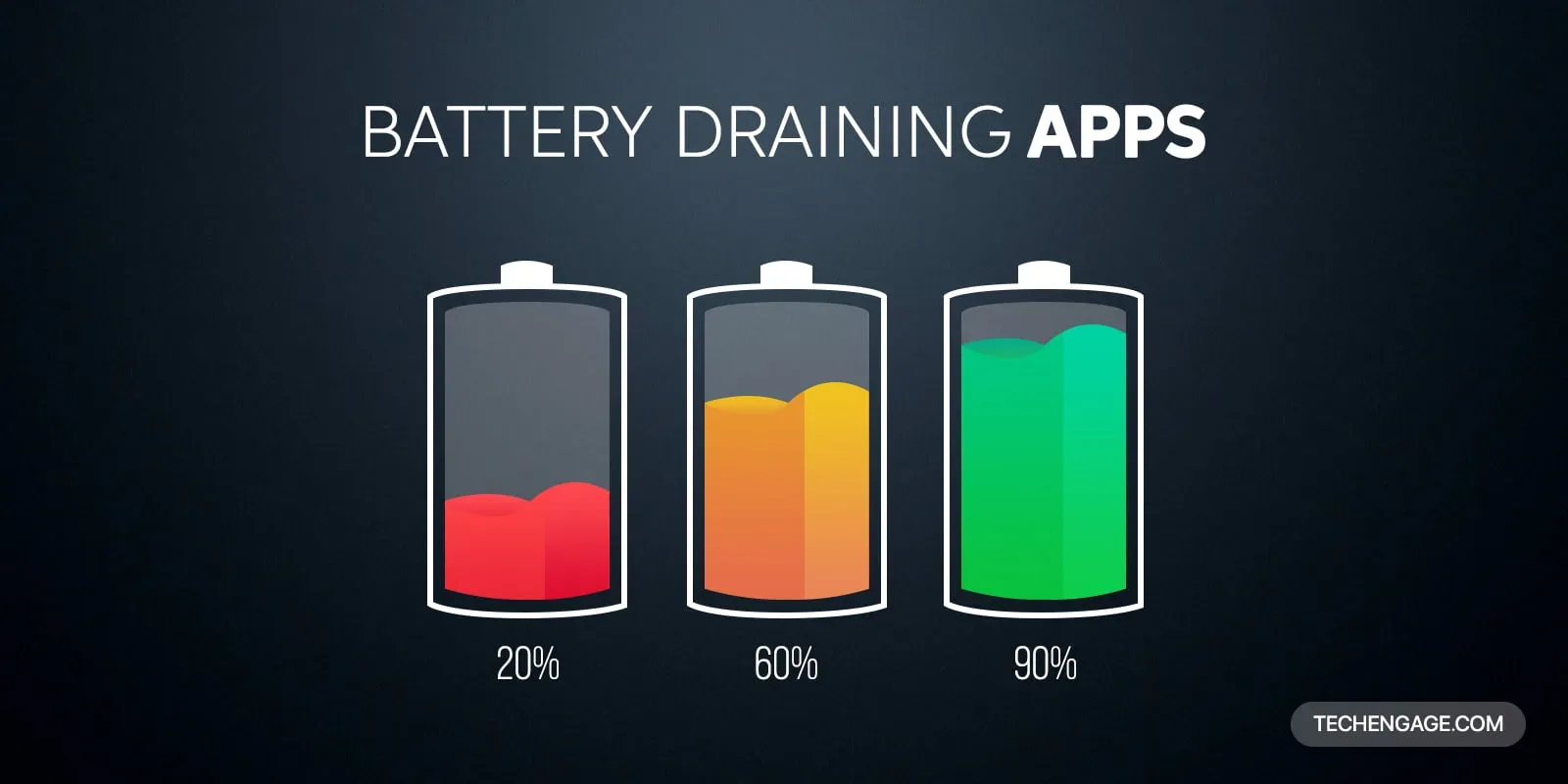Data-driven was, at one point, a buzzword that everyone used to make their business cooler and more up to date. The same phrase, however, is more than a buzzword today. While big data and artificial intelligence are still seen as gimmicks, becoming data-driven is more of a necessity than an option. Data is the fuel of good business decisions, especially when used to generate relevant and contextual insights.
But generating insights is only one part of the equation. You first have to collect relevant data, process it, and enrich it with context and additional information. Businesses usually rely on data services and pre-processed data sets to simplify the process. The good news is, more companies are taking their data processes into their own hands.
For businesses, vertical integration is the next logical step. Despite the availability of data services and sources, some information is too sensitive to share. There is a definite need for in-house data processes, and vertical integration is the way to go.
The Acquisition of Data Providers
In simple terms, vertical integration is the act of buying suppliers of a business to become parts of business operations. There are several reasons why vertical integration is deemed necessary. When the supplier is strategic for the business’s future, business stakeholders may choose to protect their interests by securing that strategic supply.
The same is true with data service providers and sources. For businesses, data is more valuable than ever. Relying on data providers that also cater to other businesses’ needs is not something that many companies are prepared to do. In this case, they can either choose to buy into their existing data provider or develop a data runtime internally.
The latter is not uncommon. Data science is an accessible field with many tools for data collection and processing. Artificial intelligence and machine learning certainly make data processing on a massive scale more feasible. If you see companies recruiting data scientists, you are looking at this type of integration.
That brings us to the next point: the data sources. There are many data sources to tap into, and completely acquiring data sources is not always possible. Fortunately, there are also ways for companies to collect their own data: both from existing data nodes and external sources. One of them is called web scraping.
Web Scraping as a Solution
Web scraping allows businesses to learn more about the market, their customers, competitors, and everything in between through publicly available data. Thanks to news outlets, platforms like LinkedIn, Facebook, and public data sets, developing a comprehensive data warehouse is no longer a big challenge.
With a simple web scraping tool and the right set of keywords or parameters, you can collect data about the market and the particular user segment you are targeting. With the data collected, processing the granular details to understand the market better is easier. You get not only the bigger picture but also actionable details.
A good example is using a web scraper to generate leads. A web scraper can find email addresses and contact information based on certain parameters. For example, you can find email addresses of CTOs of companies or startups in a particular industry.
Another example is using web scrapers to collect relevant information about companies in the stock market. You can then make trade decisions based on what those companies are doing, their tendencies, and their growth as business entities. Imagine how much more robust your stock portfolio will be with these details in hand.
In digital marketing, web scraping can pinpoint users based on where they are in the marketing funnel. You can understand users based on their social media posts, integrate a predictive model to automate your digital marketing efforts, and immediately boost your conversion.
The Case for Integration
That brings us back to the vertical integration of data services. The goal of collecting and processing data is to gain a competitive edge over others in the market. This goal is much harder to achieve when you are sharing a data pool with other businesses.
Doing data processing in-house is the way to go. When you consider how much good data-driven business decisions can do for your bottom line – and the value of data itself – developing an internal team of data scientists becomes an easy investment decision to make.



